From “Kelin Tea” to Talking Ornaments: Almaty Authors Publish First Book on Kazakh Tea Traditions
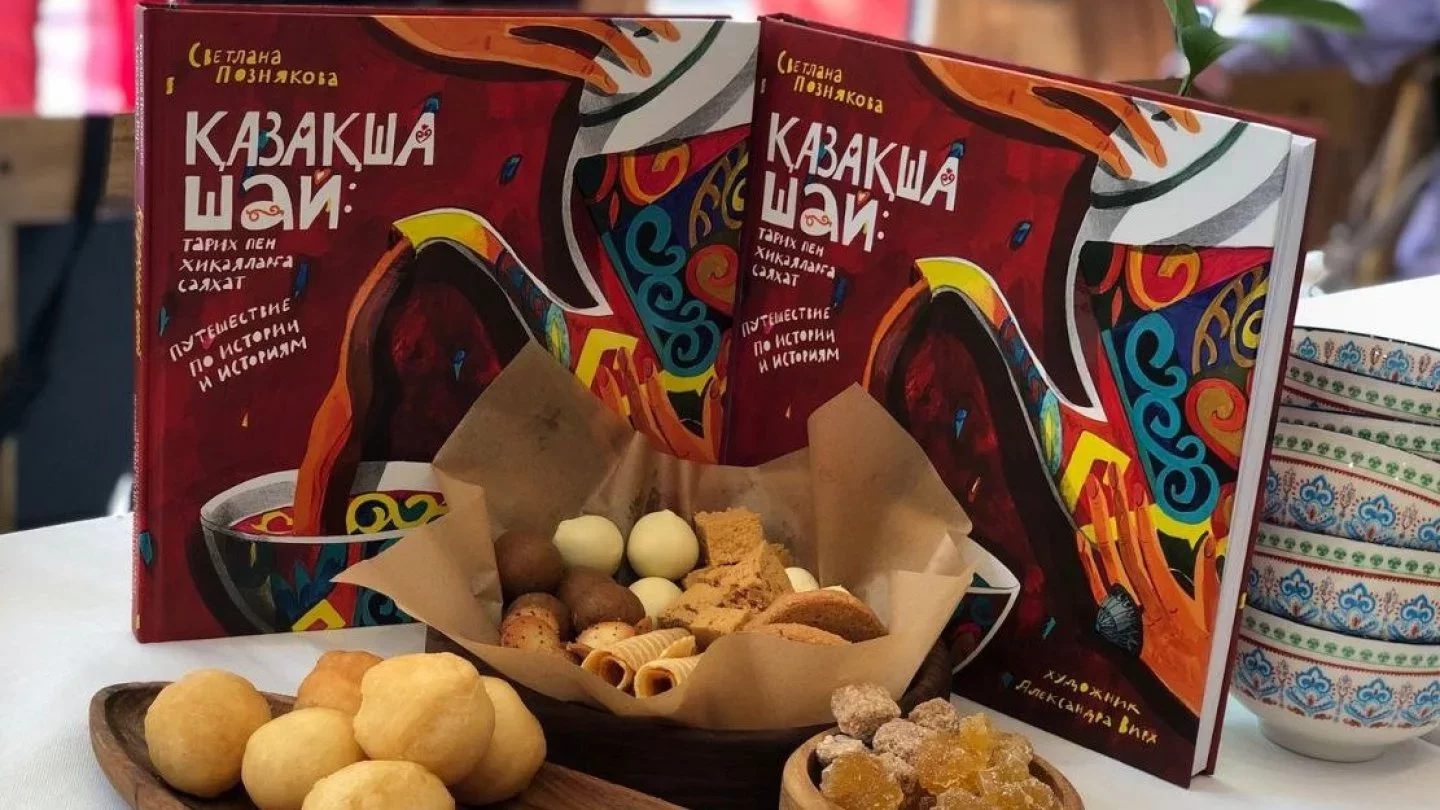 Photo: Orda.kz
Photo: Orda.kz
When and how did tea become such an essential part of Kazakh culture? Svetlana Poznyakova and Alexandra Wirch's new book, Kazakhsha Shai: A Journey Through History and Stories, dives deep into the roots of Kazakh tea traditions.
To immerse themselves in the tea traditions of the Kazakh steppe, they had to conduct ethnographic and historical research. The authors presented the book in Almaty, and Orda.kz attended the event to speak with them about the first publication of its kind in Kazakhstan.
Writer Svetlana Poznyakova and artist Alexandra Wirch began working on the project over three years ago. Their research involved digging through electronic archives, libraries, historical records, and anthropological studies, as well as conducting interviews and surveys with Kazakhs from various regions. They discovered that no similarly comprehensive book on tea had ever been published in Kazakhstan.
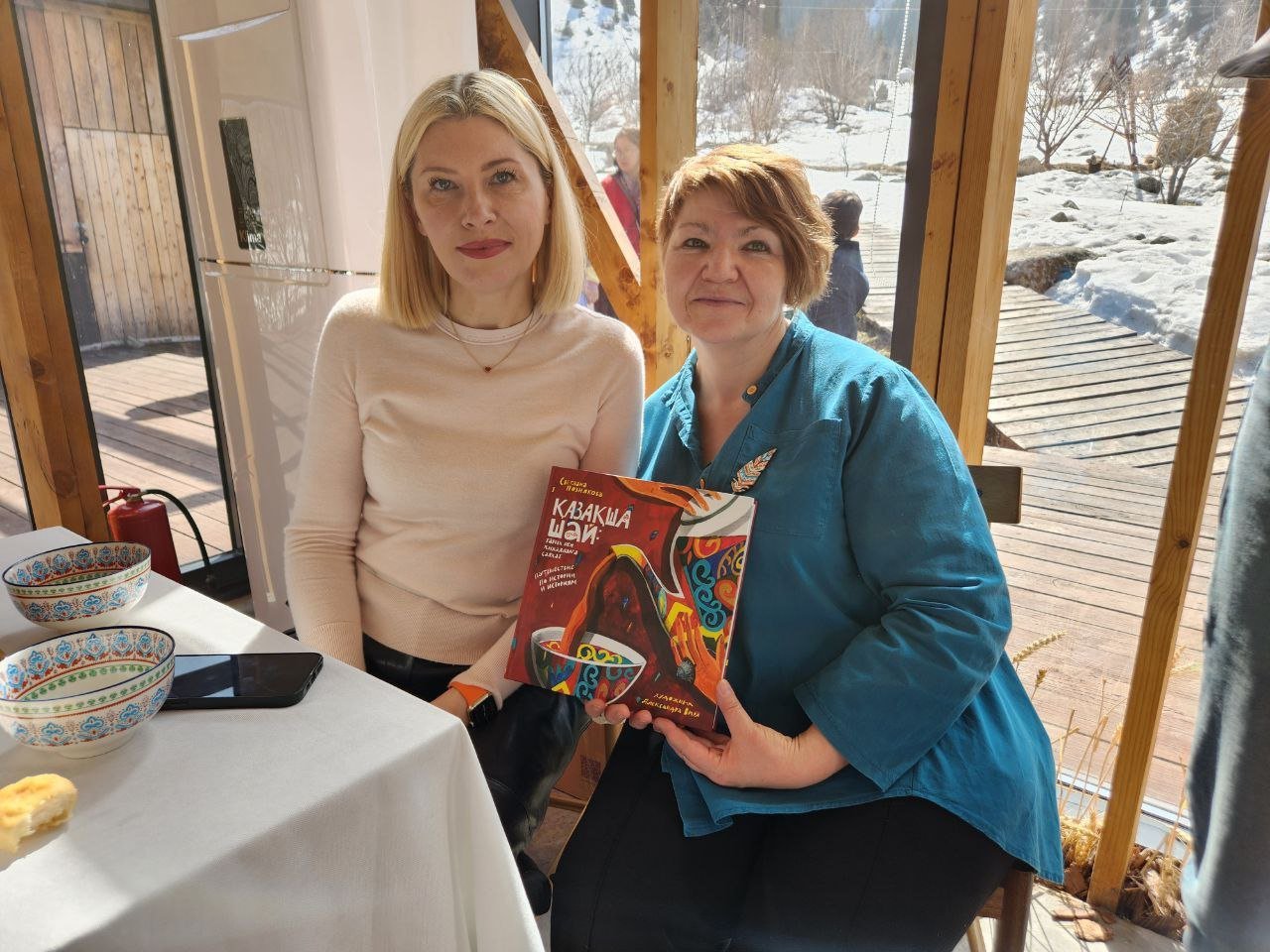
How is tea prepared and served in different parts of the country? Where is it poured in just a few sips, and where is a full bowl customary? What’s added to tea — and what is served with tea? The book also explores the evolution of these traditions and the enduring spirit of Kazakh hospitality. It includes interesting stories from our contemporaries and a brief excursion into history...the annotation reads.
Archival Discoveries
Svetlana was especially struck by the wealth of digitized archival documents she found.
I was genuinely surprised by how many 19th-century documents have already been digitized. They're available right in the archives, and accessing them is incredibly easy —you don’t even have to leave your home, just know what to look for. It’s such a fascinating feeling, reading Turkestan News from 1905 and seeing mentions of an upcoming fair featuring an enormous selection of wines, but oddly, very little tea. Or coming across reports from tsarist officials in 1897 detailing how tea was spreading and how some Kazakhs were gradually settling down and turning to agriculture.
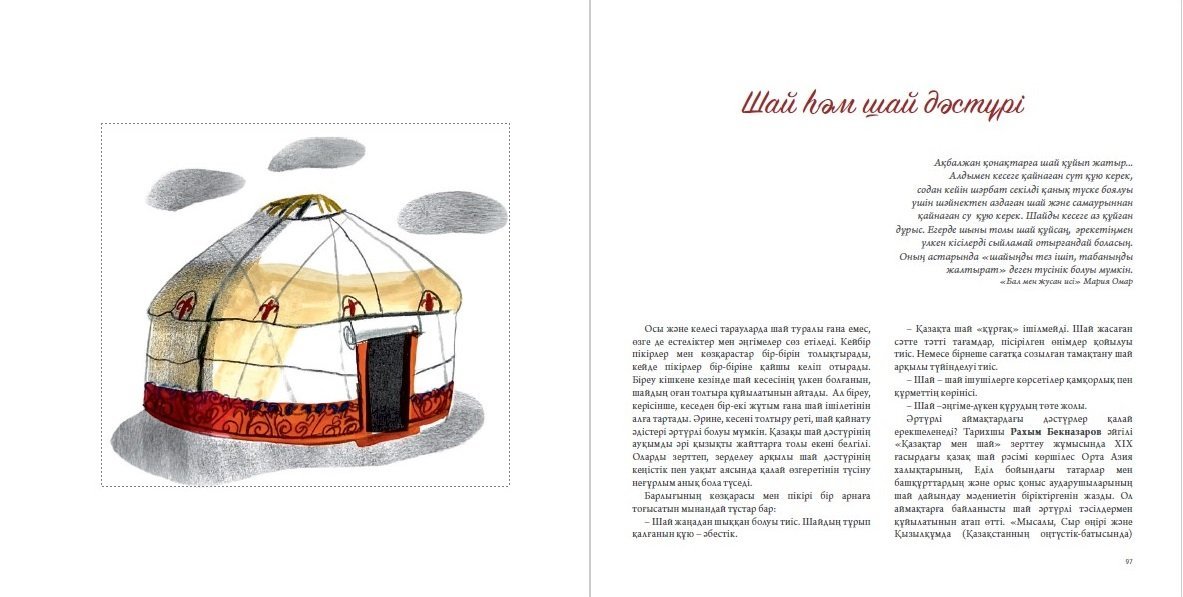
Svetlana referenced several key historical texts, including Ermukhan Bekmakhanov’s Kazakhstan in the 20–40s of the 19th Century, issued in 1947; Richard Karutz’s Among the Kirghiz and Turkmen in Mangyshlak, and Alexey Levshin’s Description of Kirghiz-Cossack, or Kirghiz-Kaisak Hordes and Steppes, whom Shoqan Ualikhanov once called the "Kazakh Herodotus."
The hardest part was reading these works in fragments, searching for specific information. I wanted to read everything cover to cover — and I still plan to,Svetlana said.
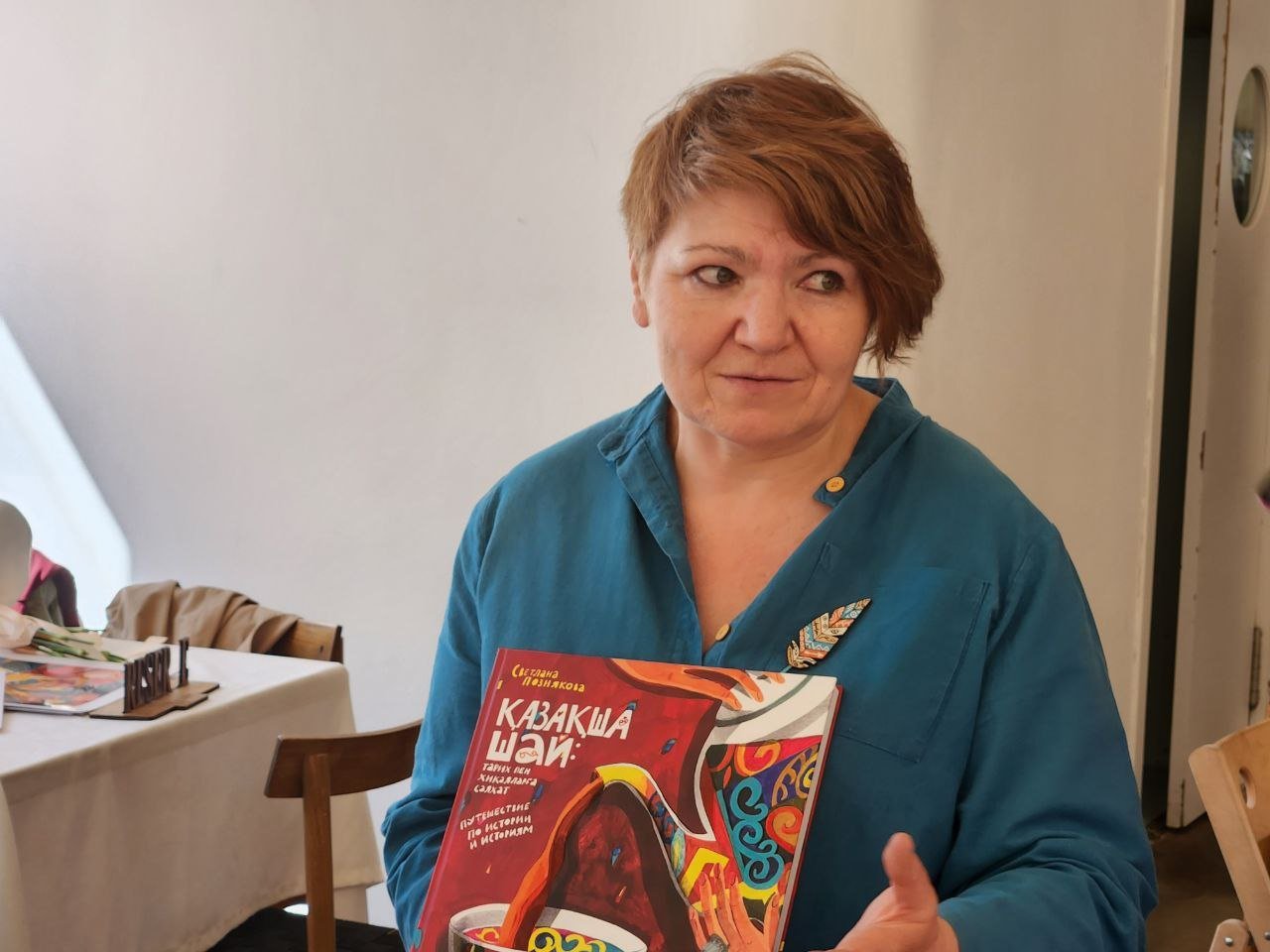
She admitted that more than once while writing the book, she recalled her Soviet-era Kazakh history schooling, which seemed dull to her at that time:
I sometimes think Kazakh history was made intentionally dull in Soviet schools —because now it’s genuinely fascinating. The renewed interest in the Kazakh language, culture, and traditions is impossible to miss. In my circle, people of all backgrounds are learning Kazakh. It’s just expected these days. In fact, not knowing Kazakh now feels not cool and even embarrassing.
While working on the book, the authors brought in ethnographer and historian Zubaida Suraganova, who inspired including a chapter on qymyz.
At first, we hadn’t planned to include a chapter on qymyz. But as we started exploring why tea became the most popular drink among Kazakhs, we came across a historical fact — it had actually replaced qymyz. And that meant we couldn’t leave it out. We had to tell the full story, including the vessels it was prepared in and the ones it was traditionally served from. Svetlana explained.
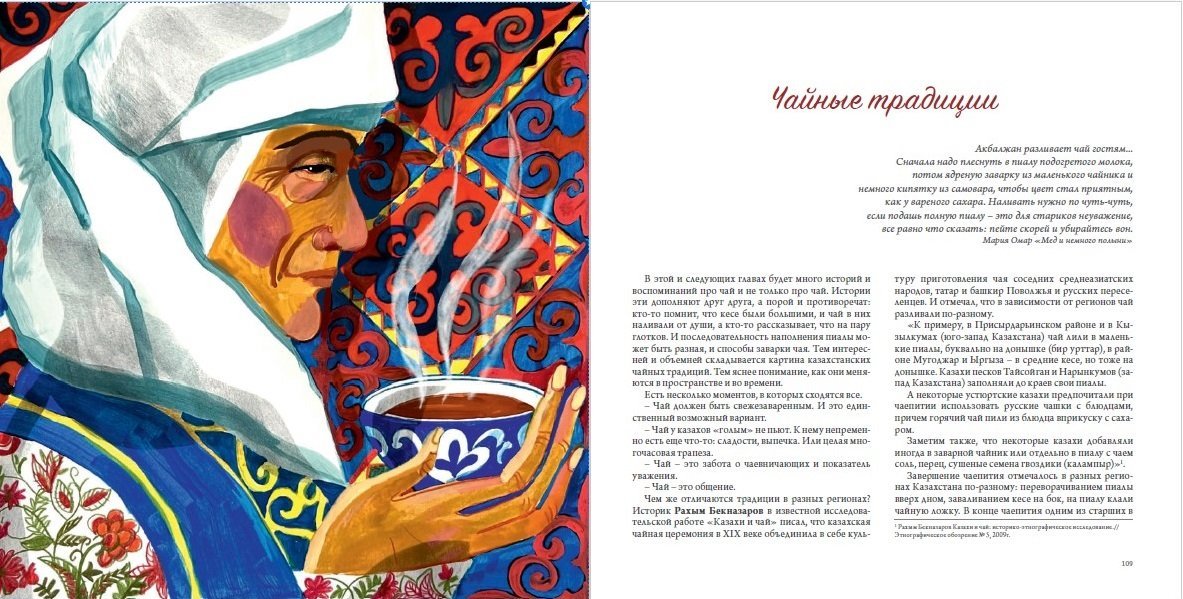
Contemporary Kazakh writers Mariya Omar, Oral Arukenova, and Kemen Baizharasova also contributed by sharing personal stories and family tea recipes.
I would be thrilled if, after reading the book, seeing these stories, and looking through the recipes, people felt inspired to ask their mothers, aunts, and grandmothers about their own traditions — how they drank tea, whether they used a samovar or a teapot, what the ‘kelin shay’ (daughter-in-law’s tea) ceremony was like in their time, and how it’s evolving today. The world is changing, social circumstances are shifting, and so are traditions. And that’s what makes studying them so fascinating,Svetlana shared.
Ornaments That Speak
Illustrator Alexandra Wirch said she and Svetlana were nervous about how the book would be received.
Of course, Svetlana and I are anxious about how readers will receive the book — whether they’ll find it interesting, whether they’ll enjoy it. As it turned out, we didn’t publish it right after finishing it. It took us over a year to work through all our doubts. During that time, my daughter was born and had already grown quite a bit. But I truly believe this book deserves to see the light of day, not sit forgotten in a drawer — especially since I still haven’t seen anything quite like it on our local book market.
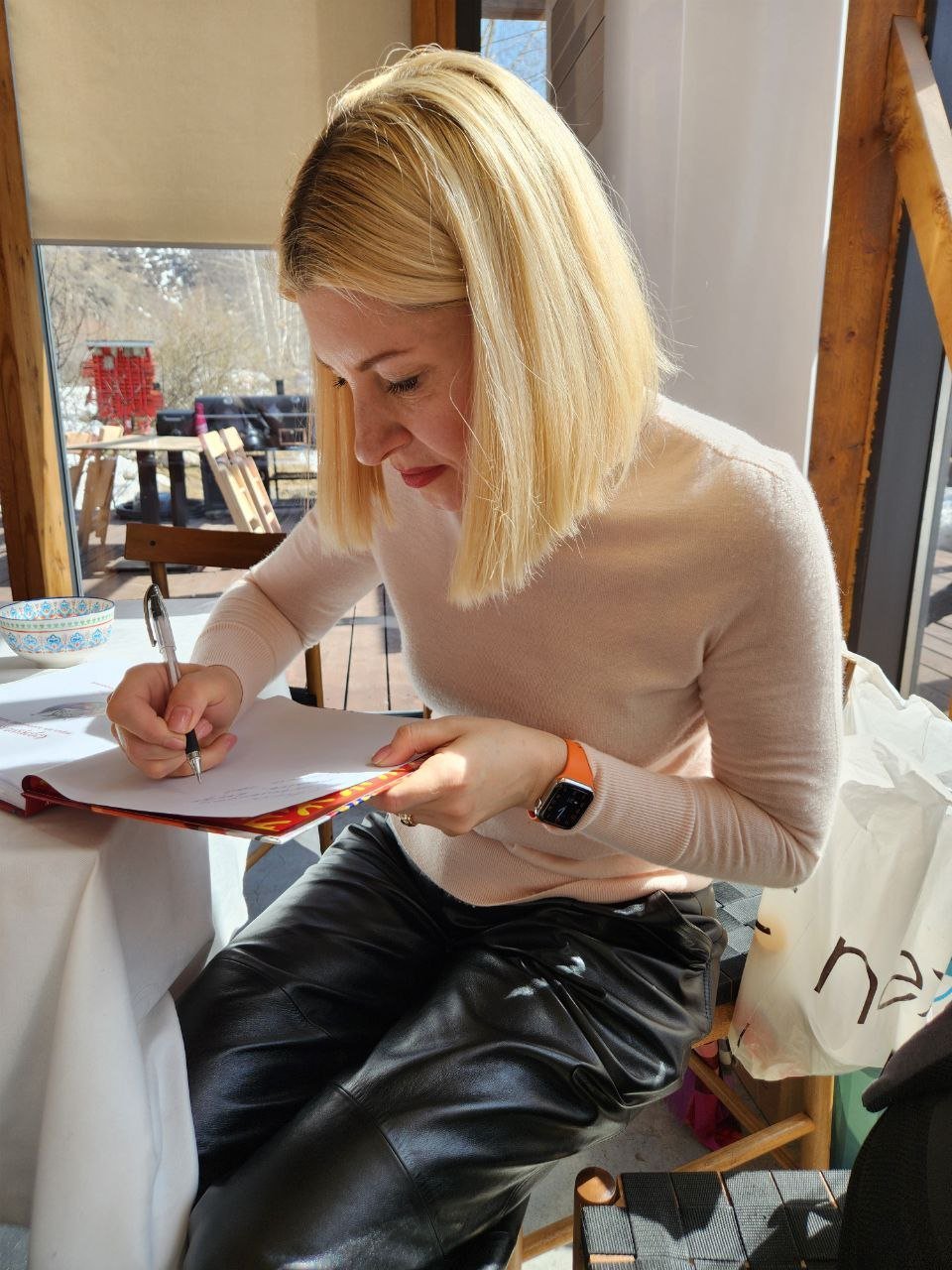
While working on the illustrations, she faced challenges sourcing visual references for Kazakh tea traditions, noting that much of what she found online lacked historical context.
There’s very little visual material available on this topic. I mostly searched online for references — sketches, drawings, and old photos. And even when I found something, it was hard to pinpoint the exact historical period. One of my relatives was a huge help — he’s passionate about Kazakh history and has built up an impressive library on different historical eras. He shared books and research with me, including works by Richard Karutz, who traveled through Kazakhstan in the early 20th century. That’s how I pieced together the visuals bit by bit,Alexandra explained.
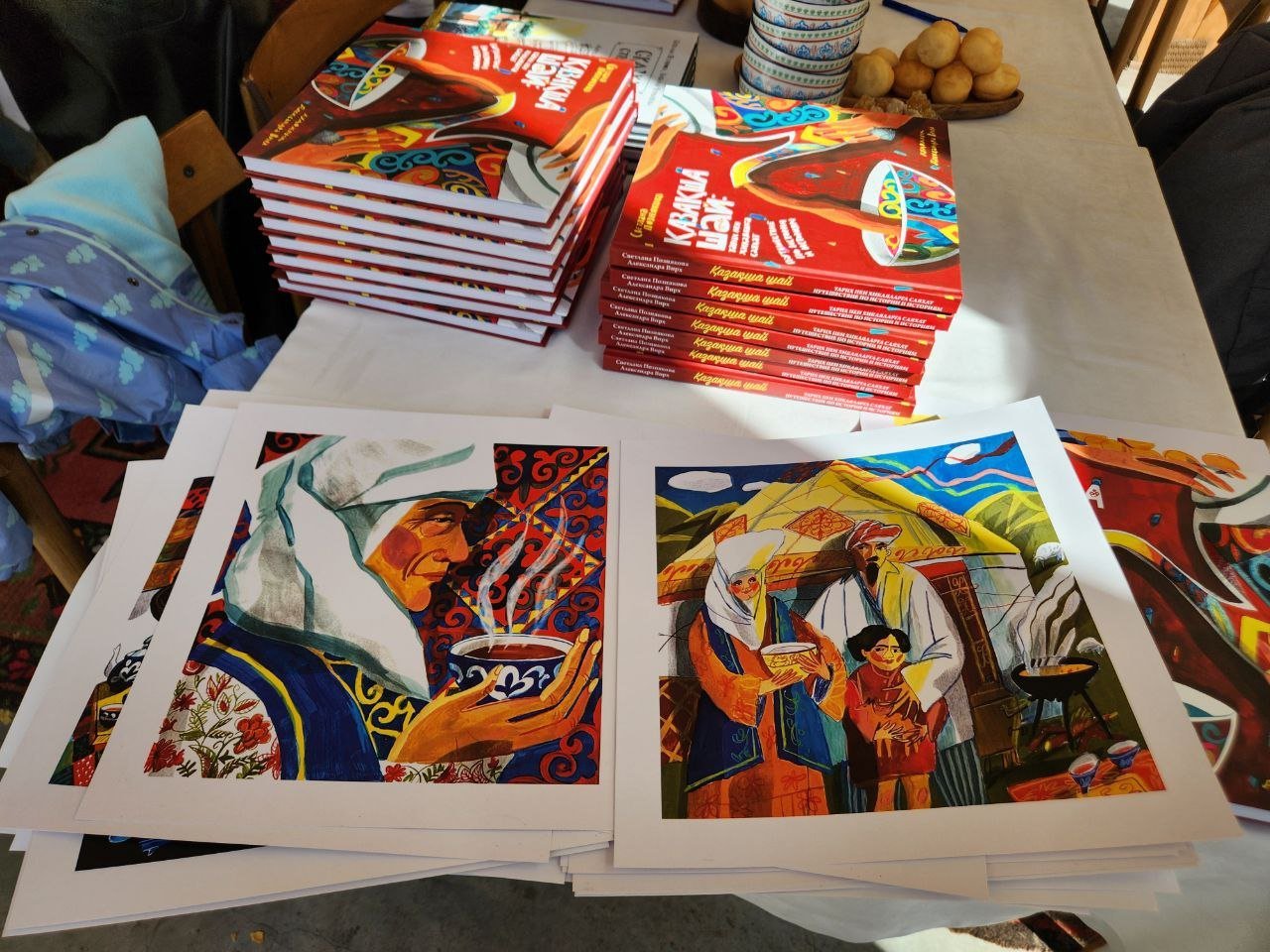
The artist has been fascinated by Kazakh ornament since her student years, a topic that became the focus of one of the book’s chapters.
In our art history classes, we were taught about the symbolism of ornament, that each pattern is not just a rhythmic combination of some elements, but also a message or a wish encoded in visual form. Svetlana came across a monograph on Kazakh ornament and its elements, and I was excited to illustrate that chapter. I made so many discoveries along the way. I believe that the way we’ve presented this information—clearly and accessibly—will make it truly engaging for readers,she said.
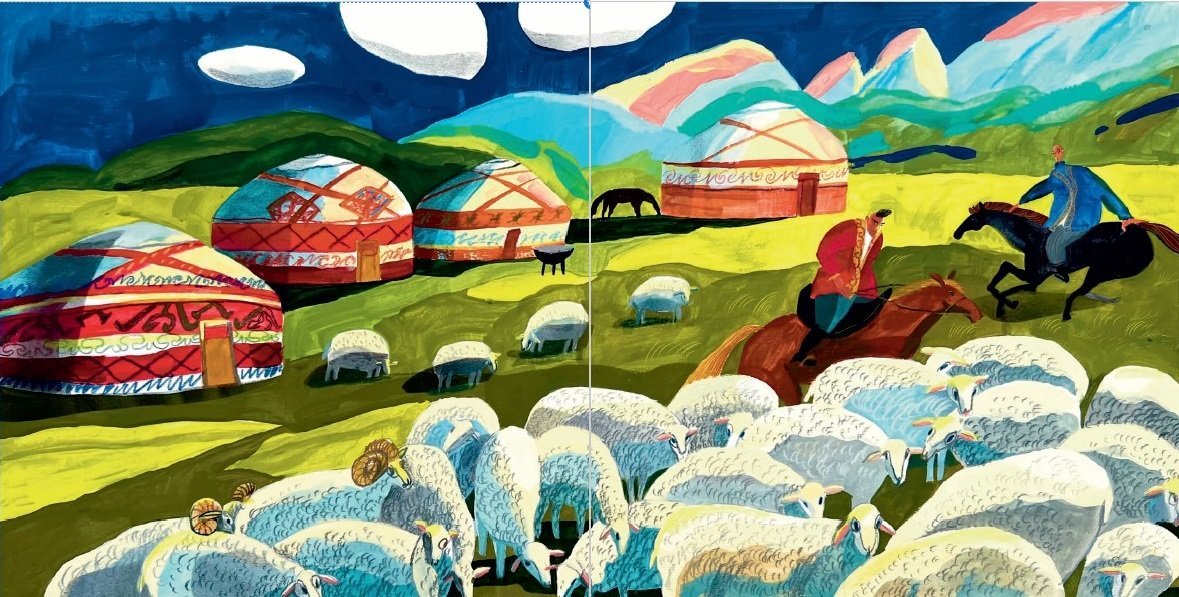
Alexandra wanted the illustrations to be more than just background — they had to be art in their own right.
I added a lot of details and ornaments to these illustrations so that they would be interesting to look at and would capture the reader’s attention for a long time. she added.
Original Author: Aliya Askarova'
Latest news
- Toqayev Congratulates Kazakhstanis on Republic Day
- Zelenskyy Arrives in London Ahead of “Coalition of the Willing” Meeting
- Nurbol Nazarbayev’s Possible Ties to Altyn Orda Market Takeover Under Prosecutor General's Scrutiny
- Putin’s Envoy Kirill Dmitriev Arrives in the U.S. for Talks
- Sputnik Azerbaijan Editor Released Under House Arrest
- China Energy to Invest Over $1 Billion in Energy Projects in Kazakhstan
- Putin and Aliyev Discuss Trade and Energy Cooperation During Phone Call
- Former Rudny Prosecutor on Trial for Alleged 20 Million Tenge Bribe
- WSJ: Trump Chose a Moderate Sanctions Option Against Russia
- Toqayev: Kazakhstan Must Remain a State With Strong Presidential Authority
- KTZ Workers in Beineu Claim Intimidation After Complaints About Working Conditions
- Who’s Selling a Luxury Home in Astana?
- Major Chinese State Oil Companies Suspend Purchases of Russian Crude After U.S. Sanctions
- Sherzat Polat: Family Moves Into New Home
- Kazakhstan's Flag Raised in New York City on Republic Day
- Oskemen Schools Move to Online Learning Amid Severe Air Pollution
- Ancient Amphibians Found Near Kurty After 50 Years
- The Case of Yana Legkodimova: What Is Known So Far
- Another Attempt to Take Over Orda Being Made
- Lawyers Sound Alarm Over Journalists’ Health in Prison: Mukhammedkarim and Tleuzhan Denied Treatment

